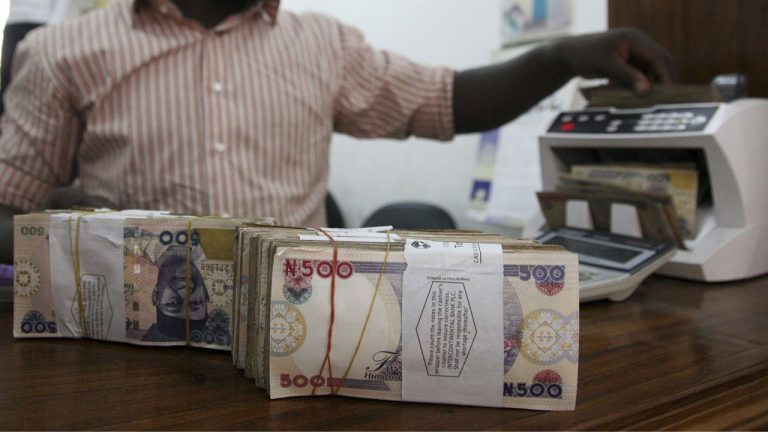how will you measure the success of a business meeting
Measuring the Success of a Business Meeting: Key Indicators for Evaluation
Introduction:
Business meetings play a vital role in driving organizational success. Whether it’s a team meeting, client presentation, or strategic planning session, it’s important to evaluate the effectiveness and impact of these meetings. By measuring the success of a business meeting, you can identify areas of improvement, make informed decisions, and ensure that future meetings are productive and valuable. In this blog post, we will explore key indicators to consider when measuring the success of a business meeting.
1. Defined Objectives and Agenda:
– A successful meeting begins with clear objectives and a well-defined agenda. Evaluate whether the meeting achieved its intended purpose and if all agenda items were addressed.
– Assess if the meeting goals were communicated effectively, understood by all participants, and if the agenda was followed accordingly.
2. Active Participation and Engagement:
– Measure the level of participation and engagement from meeting attendees. Did they actively contribute to discussions, ask questions, and provide valuable insights?
– Evaluate the effectiveness of the meeting facilitator in encouraging participation and creating an inclusive environment for all attendees.







